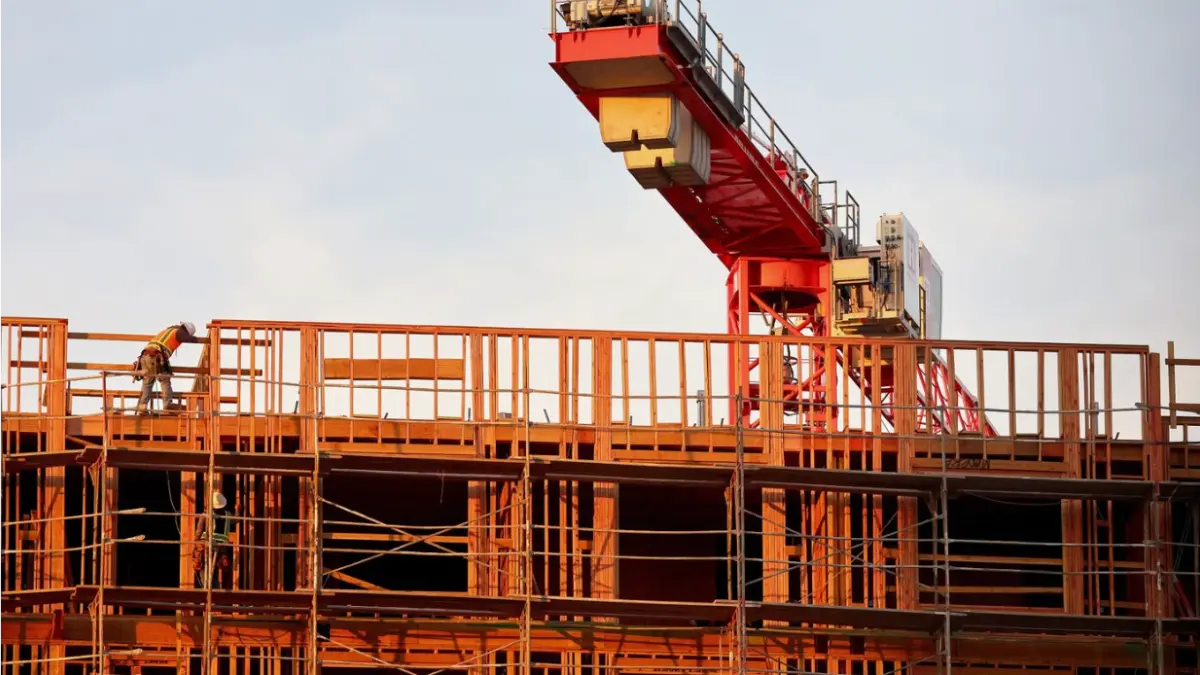Newsletter
Explainer: Builder’s Remedy Laws

Fifth Wall Newsletter: https://mailchi.mp/fifthwall/carbon-market-explainer
The builder’s remedy refers to legislation that ensures “heel-dragging suburbs comply with a state's housing targets,” Bloomberg writes. Very basically, it allows developers to sidestep zoning laws in municipalities that don't have sufficient affordable housing options. Legislation like this has been implemented in California, Massachusetts, and hotly debated in New York (where legislators haven't reached an agreement).
The U.S. is struggling with a massive housing shortage and enforcing housing production targets is a major challenge for cities. But does the builder’s remedy actually get new housing built?
It’s meant to act as an incentive for cities to comply with housing plans set by the state. In California, it pushed San Francisco to commit to building 82,000 new units by 2032. But also, the majority of cities in California don’t have state-certified plans which essentially means they have forfeited their right to reject a developer’s plan.
“Fundamentally, the mechanism was never meant to be an engine for housing construction. Builder’s remedy wasn’t designed to be used; it was designed to be avoided,” Bloomberg writes.
Ultimately, cities will need more than legislation to get new, equitable housing built. The push for equitable housing production seen now on a local level could evolve nationwide. Earlier this year, Biden’s administration introduced a new rule that would require U.S. cities to create plans to address local housing discrimination or face a penalty, including the potential loss of billions of dollars in federal funding.
Got questions?
Get in touch!
We're always looking for innovative entrepreneurs and industry-leading partners to join us.









